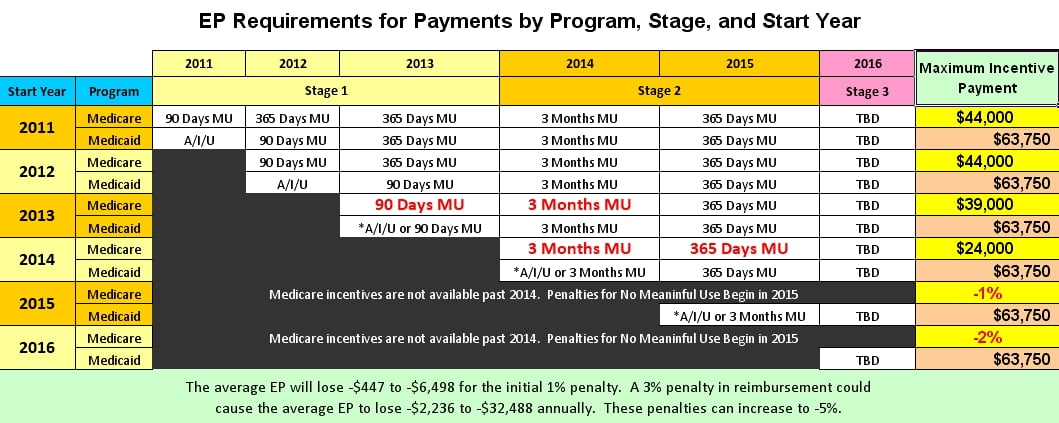The Centers for Medicare and Medicaid Services (CMS) has released the 2012 Medicare Physician Fee Schedule (MPFS) rates final rule. The payment rate adjustment is effective for services delivered on or after January 1, 2012. As you will note, the announced rate reflects a 27.4 percent SGR downward adjustment. This downward adjustment is slightly less than the 29.5 percent reduction previously projected by CMS. Unless Congress intervenes to prevent this cut from taking place, physicians will experience a dramatic reduction in their Medicare fee schedule payments.
CMS Administrator Don Berwick, MD had this to say upon release of the 2012 rate announcement:
"This payment rate cut would have dire consequences that should not be allowed to happen. We need a permanent SGR fix to solve this problem once and for all. We are committed to working with the Congress to achieve a permanent and sustainable fix."
The 27.4 percent reduction will be on the Conversion Factor used by CMS to convert the numeric value (RVU) assigned to each code to an actual dollar value. Actual payments for specific services could be more or less than 27.4 percent depending upon other code or regional adjustments (geographic adjusters, misvalued code adjustments, RVU changes, etc.) that are also being made.
In addition to the SGR related fee schedule adjustment, CMS is also announcing other changes for 2012 as well. Some of the other major changes being adopted in the final rule include:
- CMS is expanding its multiple procedure payment reduction policy to the professional interpretation of advance imaging services to recognize the overlapping activities that go into valuing these services. This policy better recognizes efficiencies that are expected when multiple imaging services are furnished to the same patient, by the same physician or group practice, in the same session on the same day.
- CMS is adopting criteria for a health risk assessment (HRA) to be used in conjunction with Annual Wellness Visits (AWVs), for which coverage began Jan. 1, 2011 under theAffordable Care Act. The HRA is intended to support a systematic approach to patient wellness and to provide the basis for a personalized prevention plan. CMS is increasing AWV payment modestly to reflect the additional office staff time required to administer an HRA to the Medicare population.
- CMS is expanding the list of services that can be furnished through telehealth to include smoking cessation services. CMS is also changing the criteria for adding services to the telehealth list to focus on the clinical benefit of making the service available through telehealth. This change will affect services proposed for the telehealth list beginning in CY 2013.
- CMS is updating or modifying aspects of a number of physician incentive programs including the Physician Quality Reporting System, the ePrescribing Incentive Program and the Electronic Health Records Incentive Program.
- The announcement finalizes quality and cost measures that will be used in establishing a new value-based modifier that would adjust physician payments based on whether they are providing higher quality and more efficient care as required by the Patient Protection and Affordable Care Act. The PPACA requires CMS to begin making payment adjustments to certain physicians and physician groups on Jan. 1, 2015, and to apply the modifier to all physicians by Jan. 1, 2017.
- CMS announces that they will implement the third year of a 4-year transition to new practice expense relative value units, based on data from the Physician Practice Information Survey that was adopted in the MPFS CY 2010 final rule.




